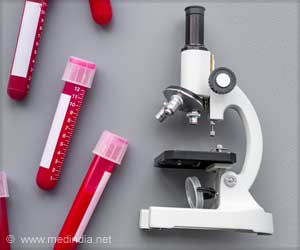
It is known that in sperm, certain DNA-binding proteins called histones are modified in special ways, at specific genes that are switched on in the embryo. Could these marks actually be passed on from sperm to embryo, to determine how genes are controlled in the offspring? Or are they erased for the zygote to start anew? In a collaborative effort between multiple institutions lead by Prof. Philippe Collas from the University of Oslo and the Norwegian Center for Stem Cell Research, scientists examined the marks on histones in fish zygotes before and after zygotic genome activation and found evidence that many of the same histone marks seen in sperm are also present in the zygote before genome activation… and these same marks appear to predict which genes will be activated later during development.
Thus, it seems that there is a "pre-pattern," made with direct input from the parents, guiding development even after zygotic genome activation. As suggested by Prof. Collas in the study, "early developmental instructions may be provided by specific marking of the sperm and egg genomes by modified histones, which may be transmitted to the embryo through fertilization."
This study was a collaboration between the Norwegian School of Veterinary Science, the University of Birmingham, the Genome Institute of Singapore, the University of Oslo and the Norwegian Center for Stem Cell Research.
Source-Eurekalert








